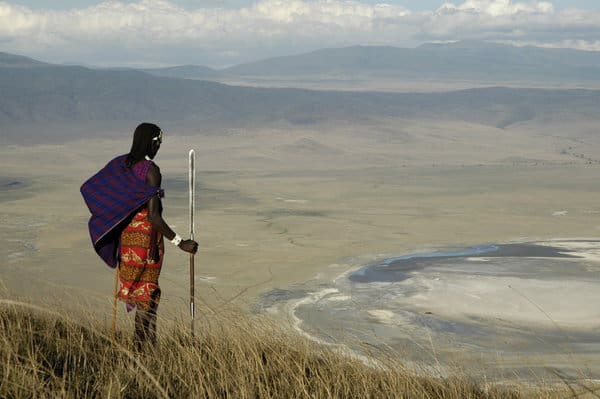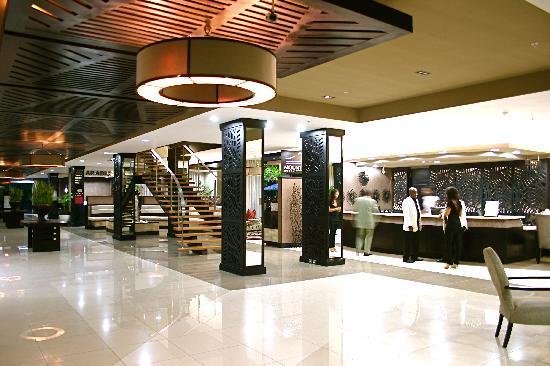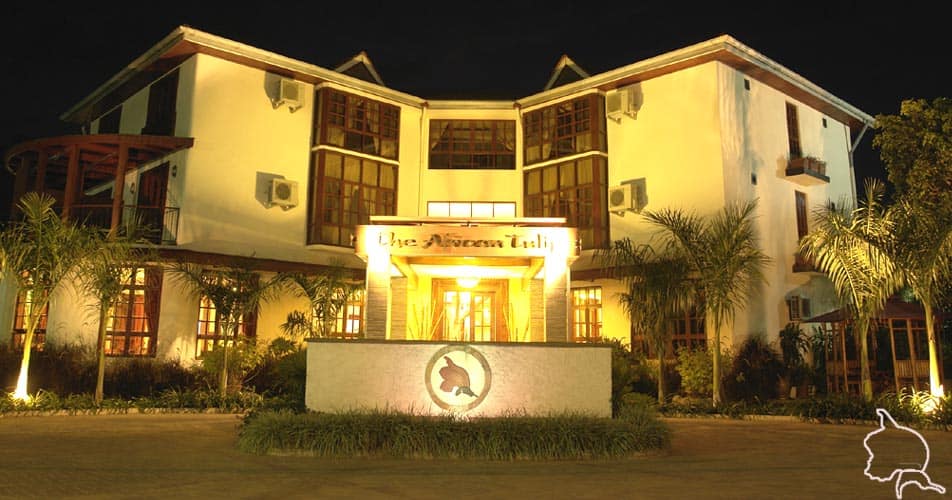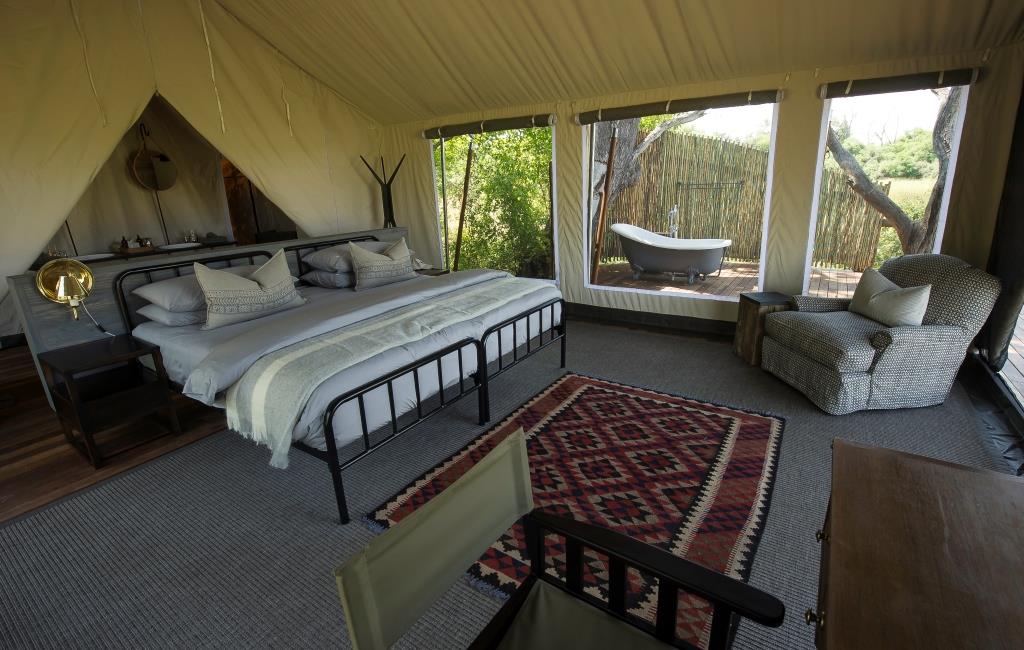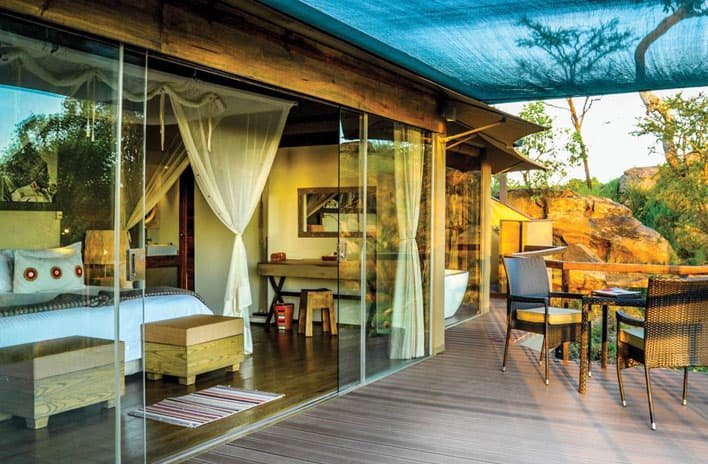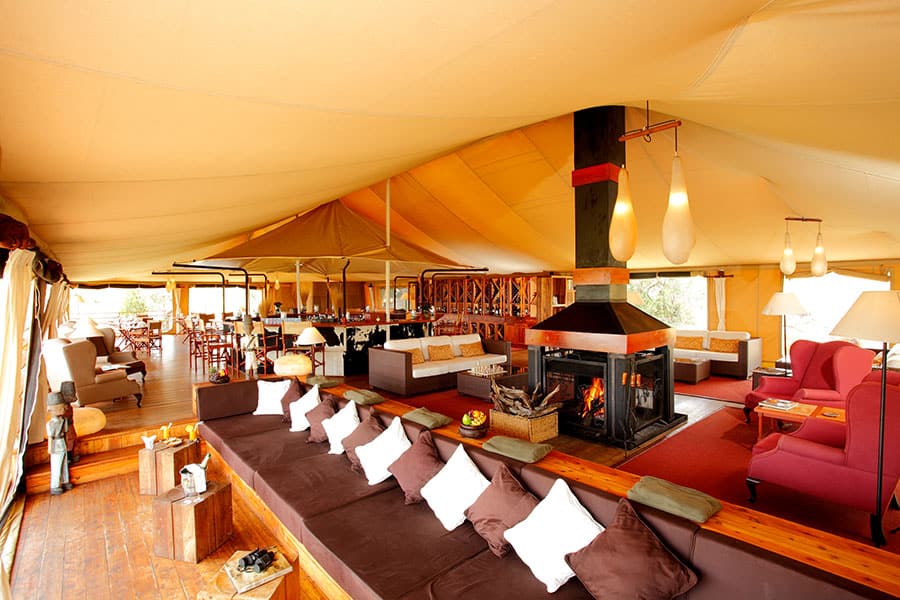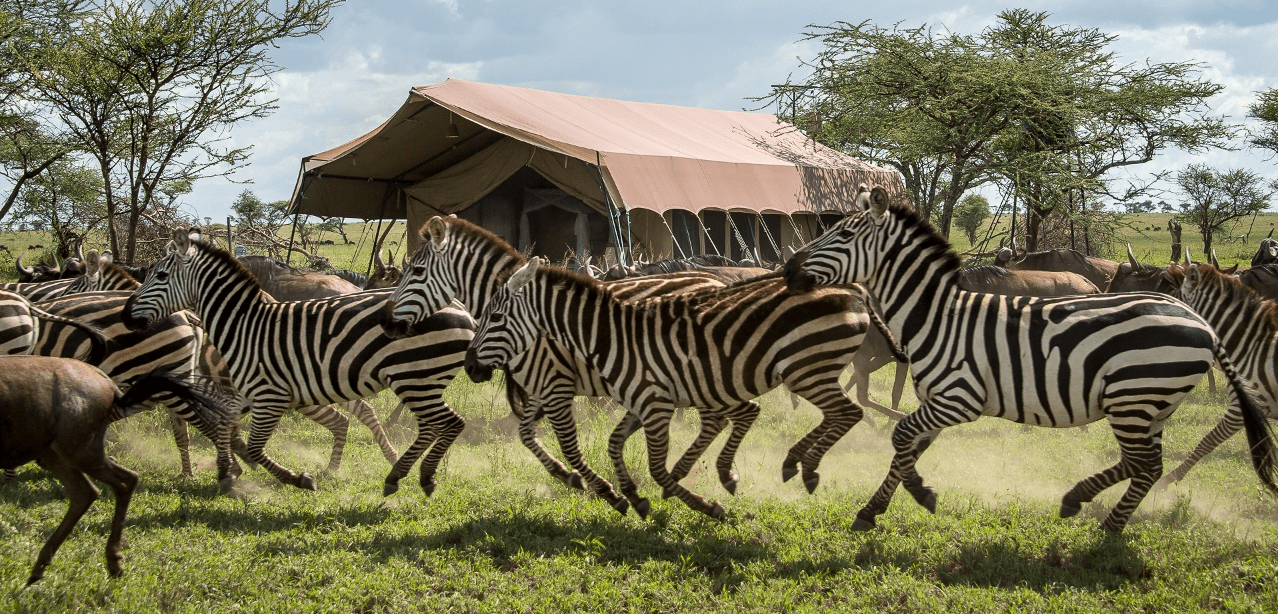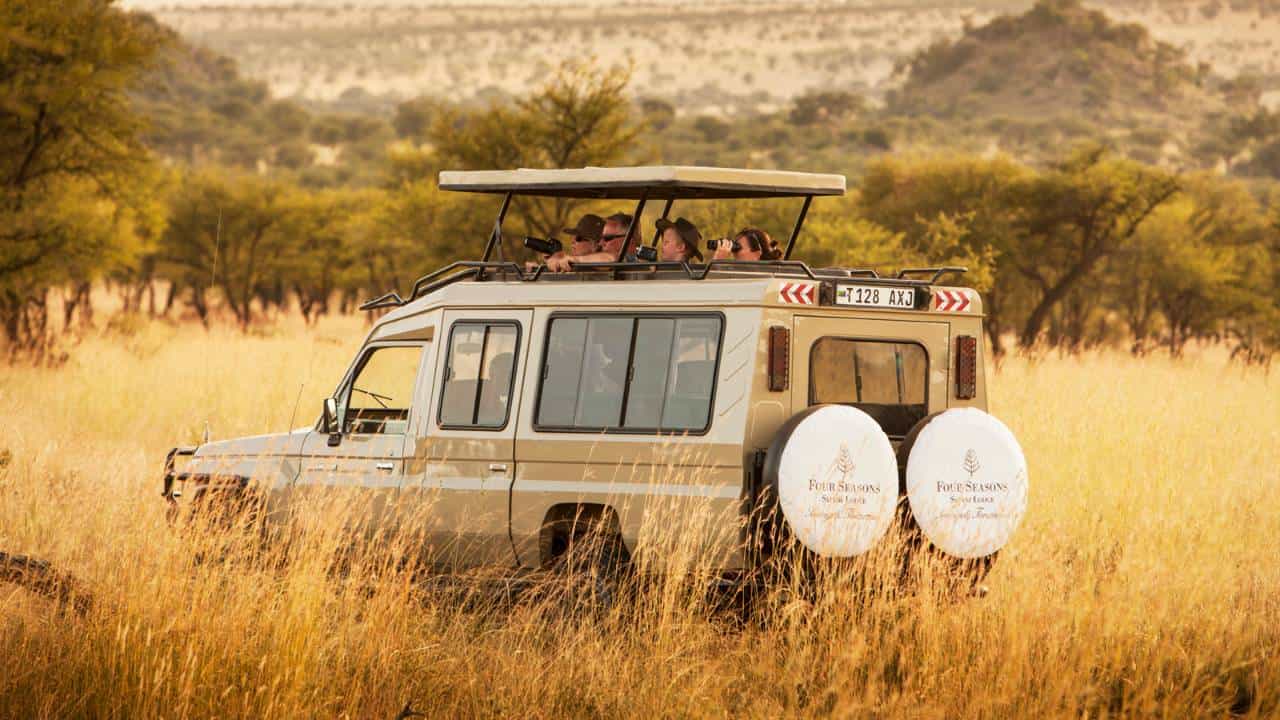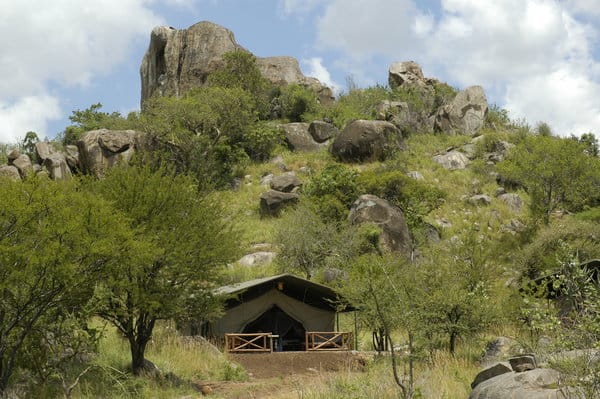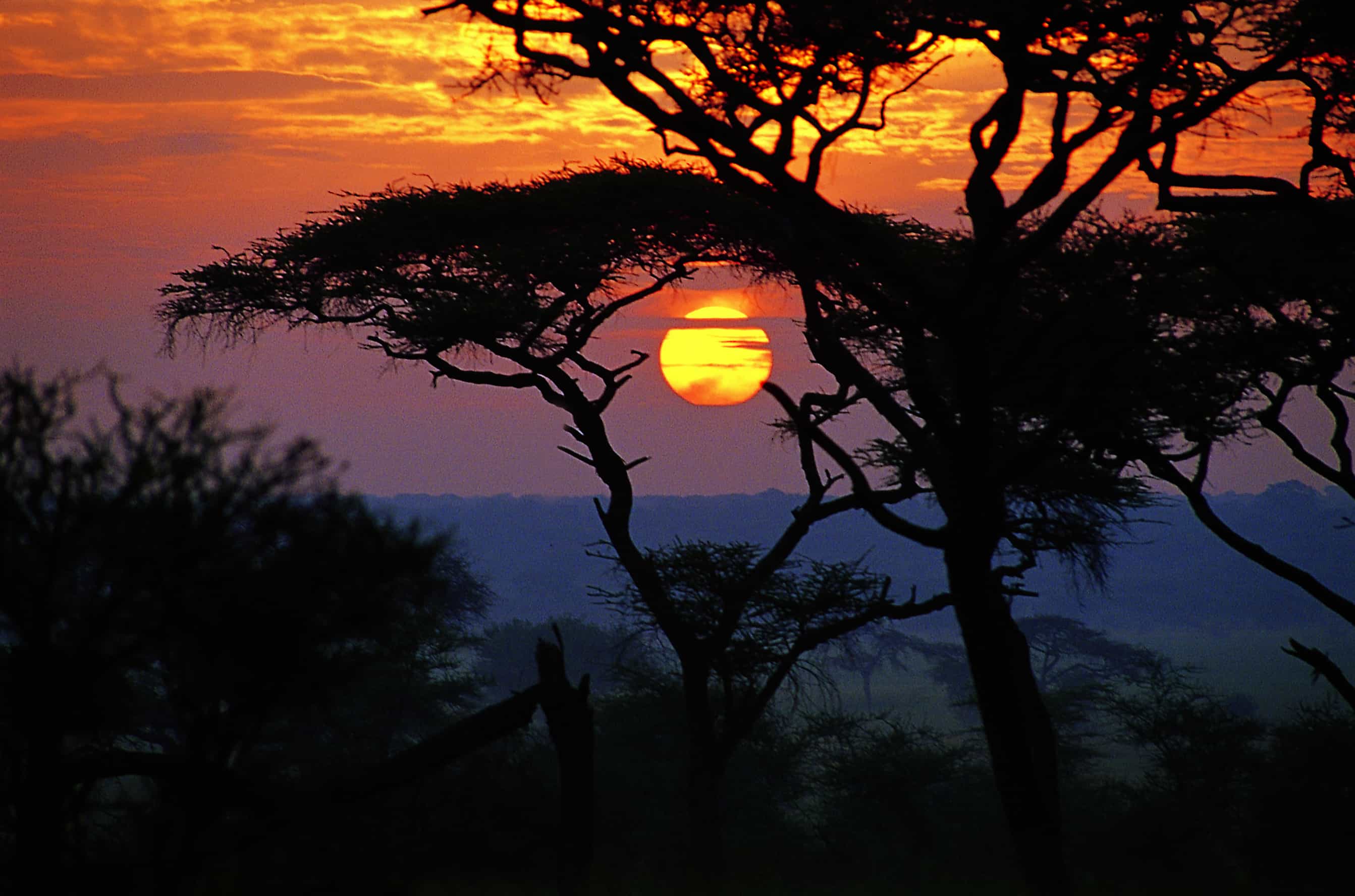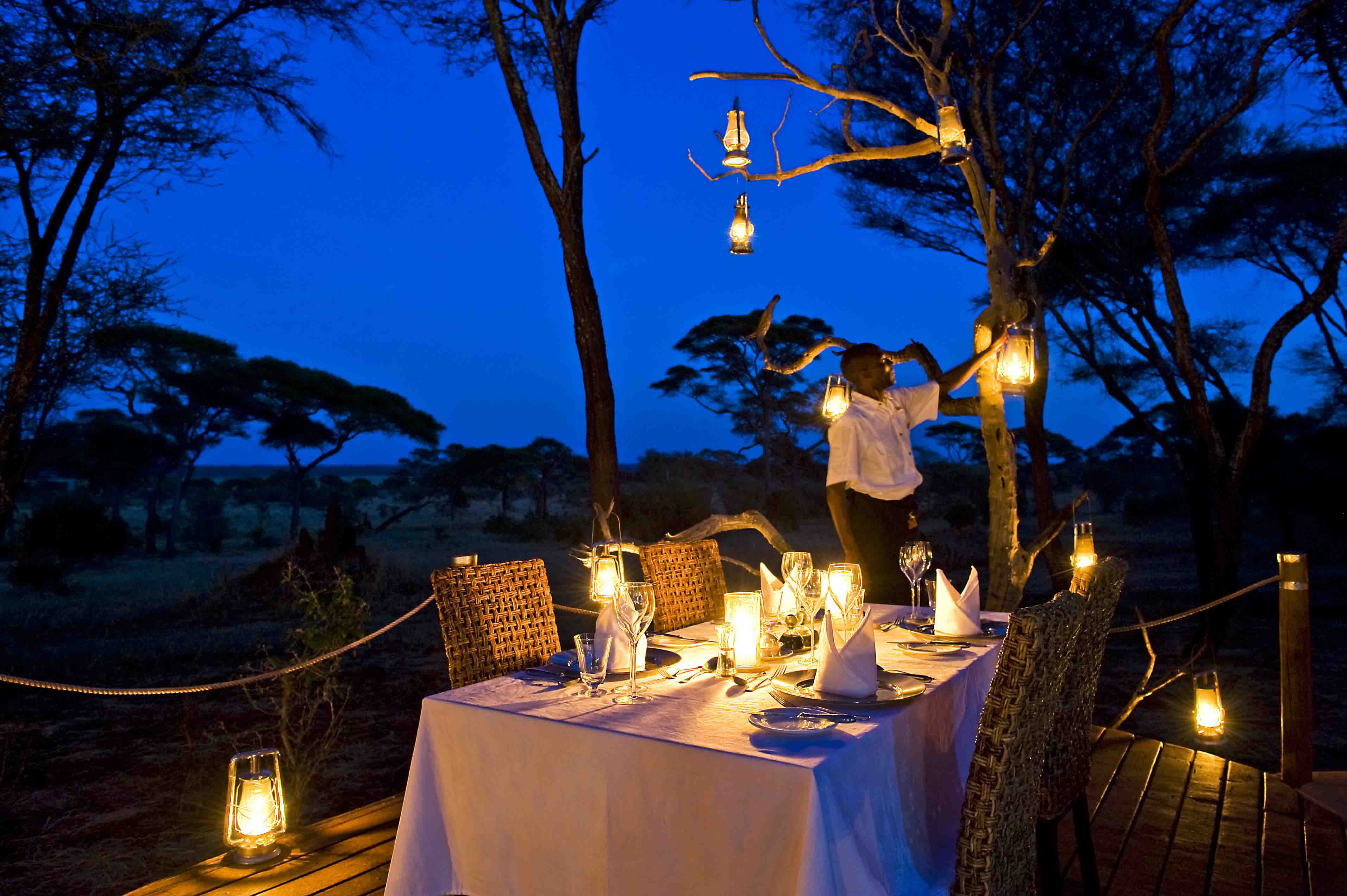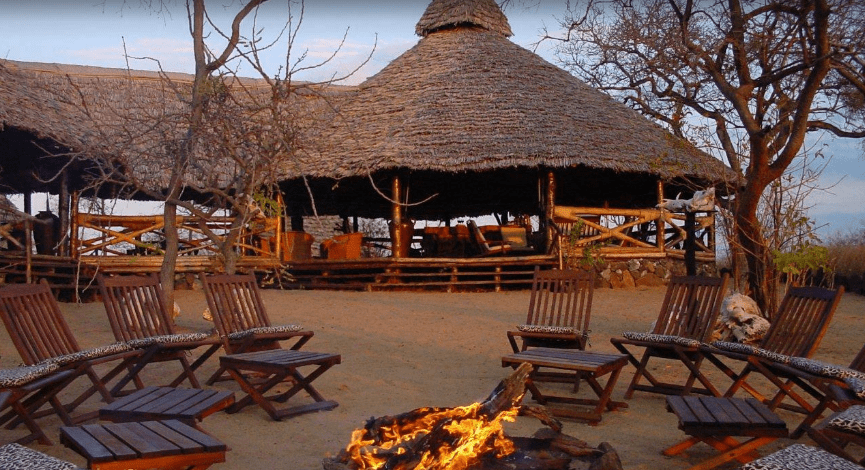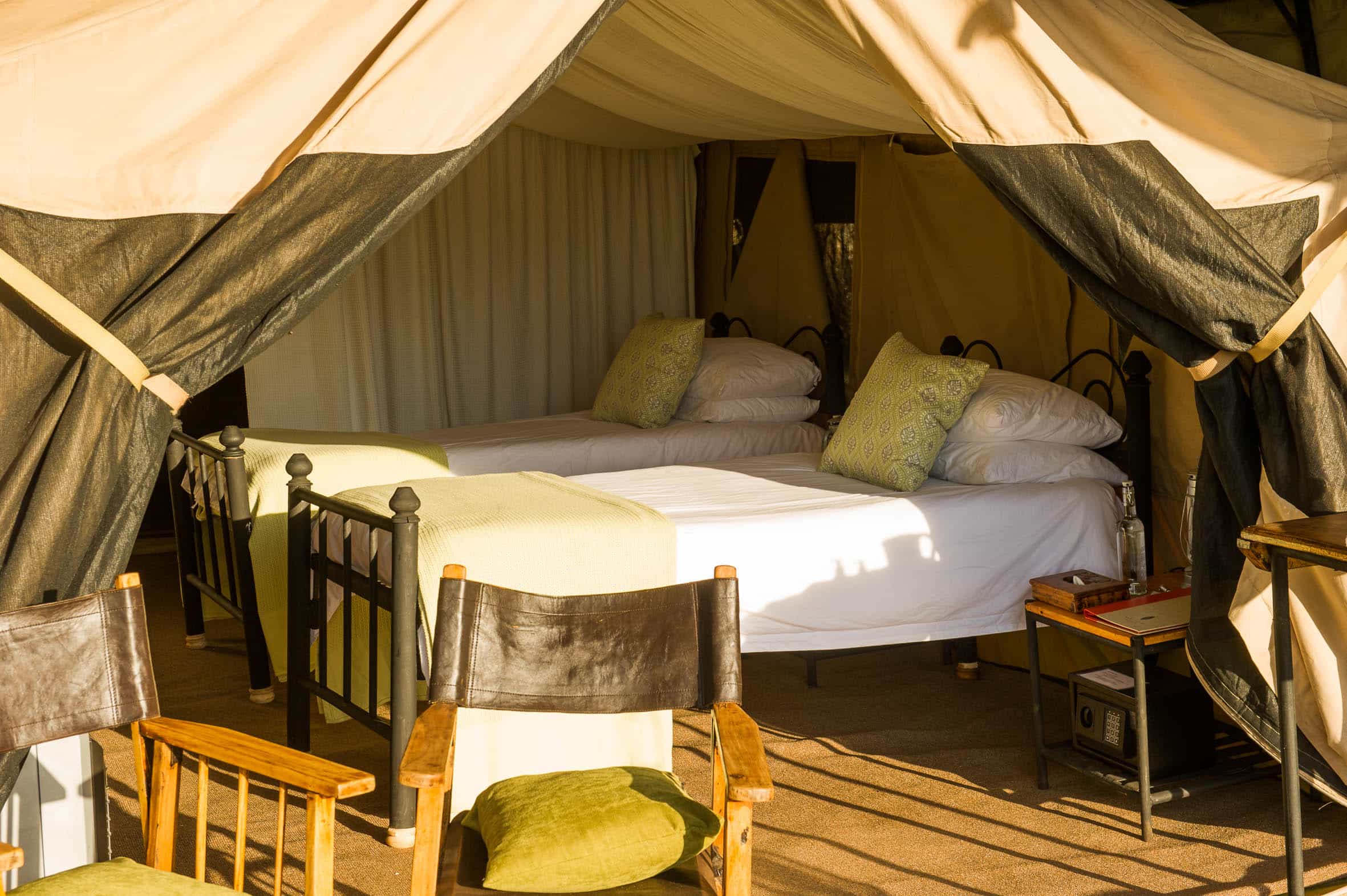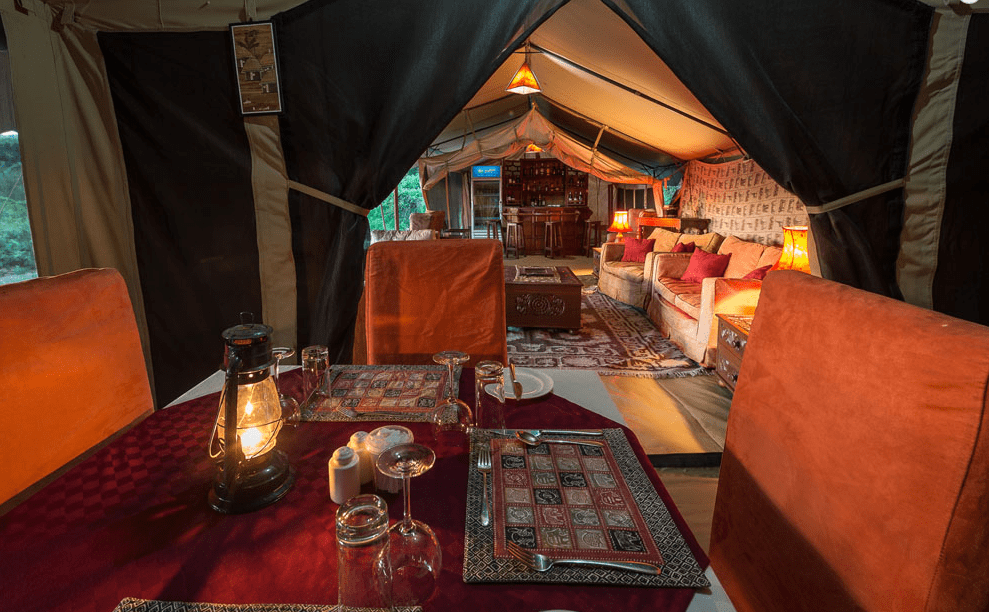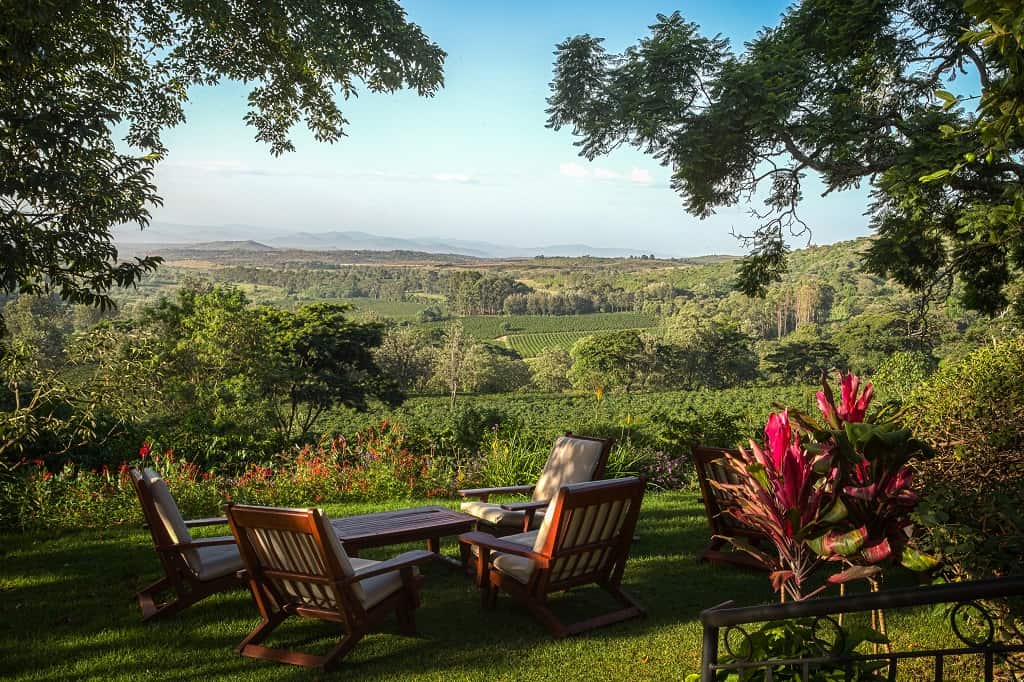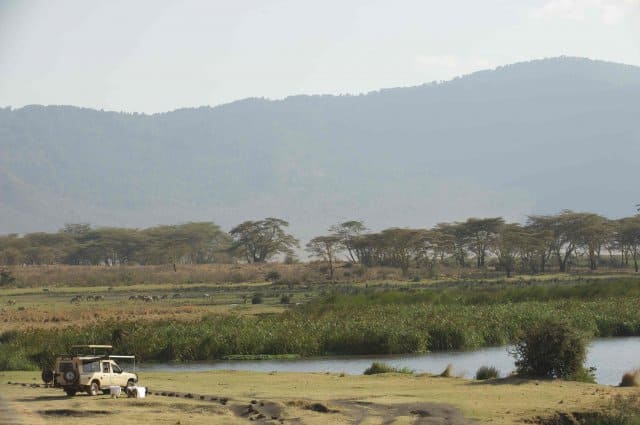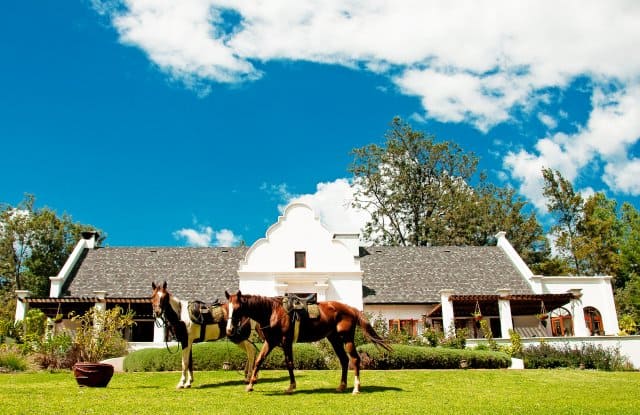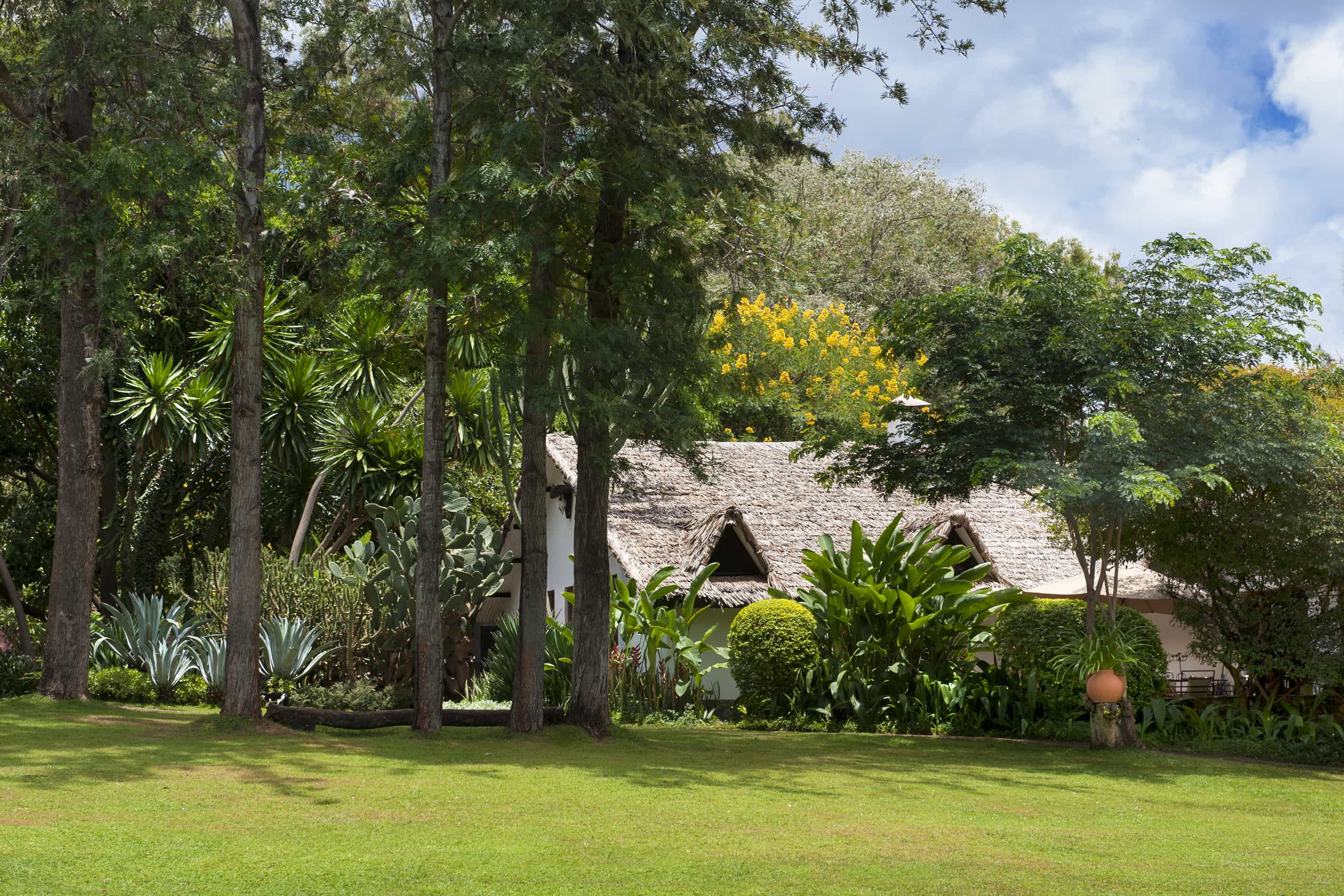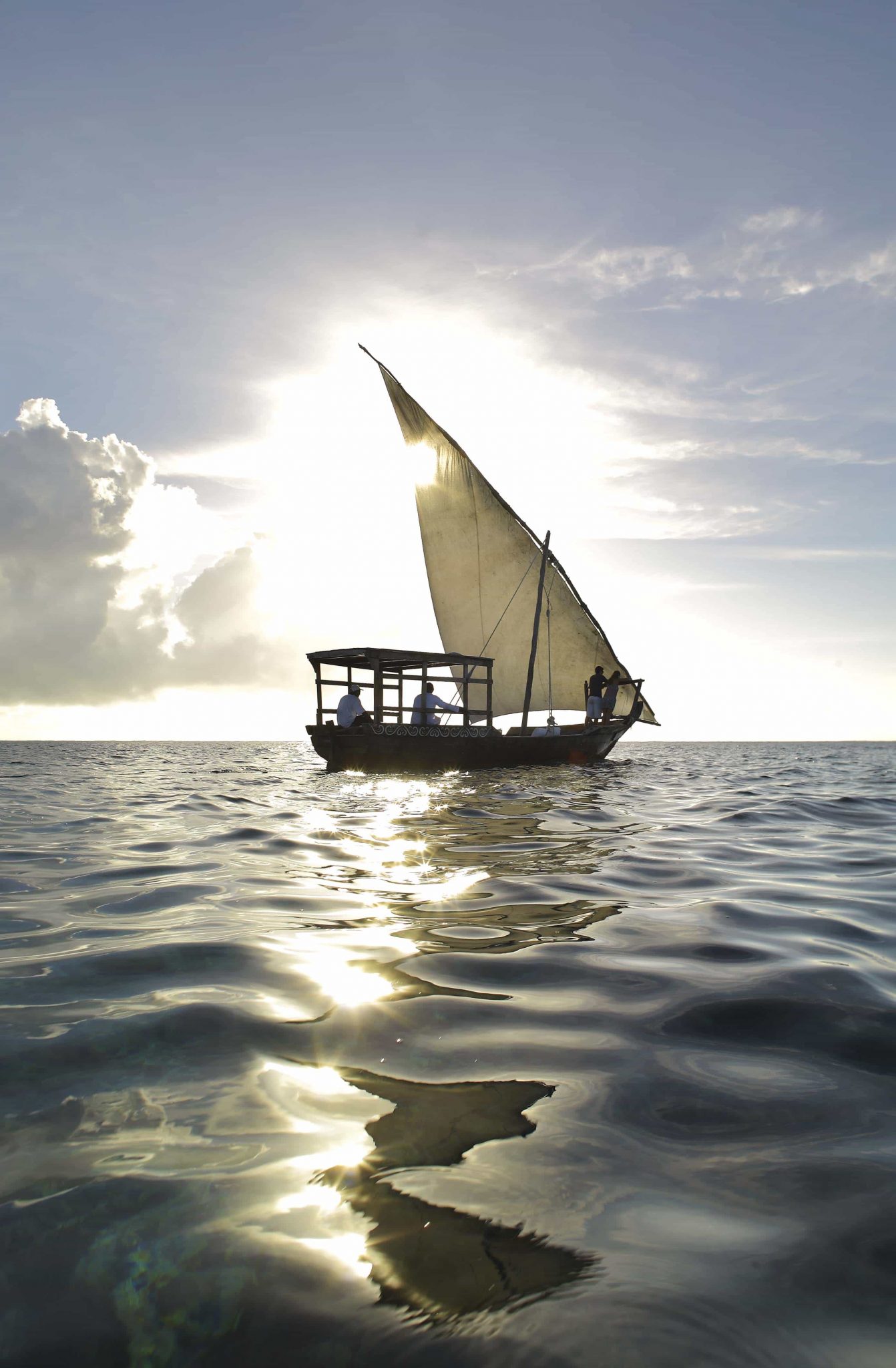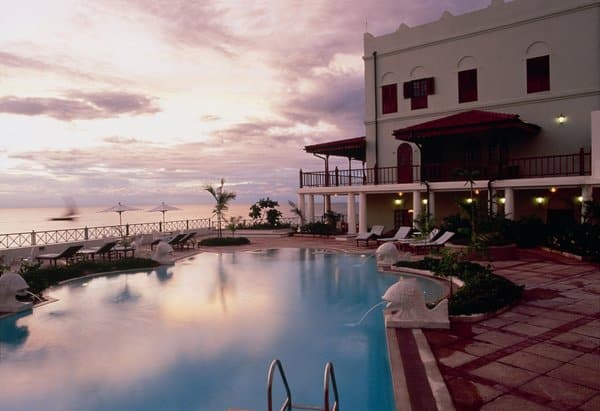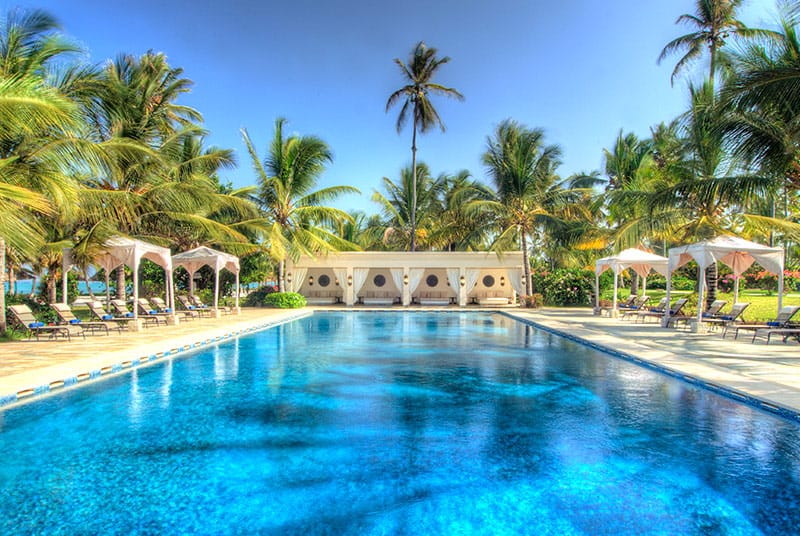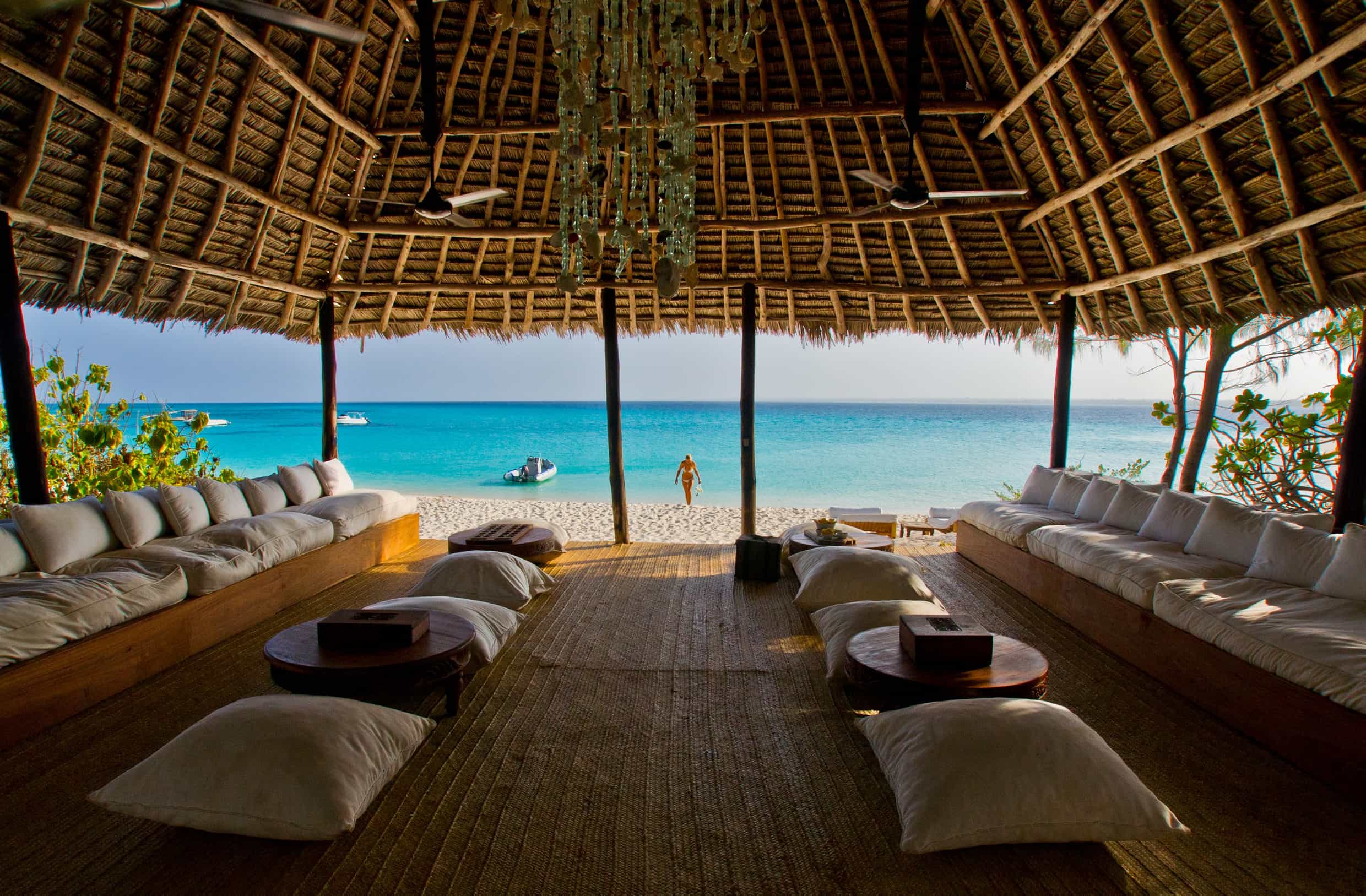Country Information
Our Africa Safaris provides tailor-made, luxury safaris in Tanzania. We customize your Tanzania safari package to fit your needs, interests, budget and time. East Africa is the home to Mara-Serengeti ecosystem, covering over 10,000 square miles in Tanzania and Kenya, and home to the ‘great migration’, the largest and continuous movement of Wildebeest herds in the world and home to the ‘Big Five’… leopard, lion, African buffalo, black rhinoceros and elephant. Here, in this vast land, you will traverse rivers, miles of grass plains, hills and woodlands. Tanzania is home to over one hundred ethnic groups rich in culture and history, such as the Maasai tribe, a nomadic people, herders and traders. Tanzania is also home to the Ngorongoro Crater, a world heritage site and one of the natural wonders of the world and largest intact volcanic caldera on earth, offering views of Rhinos, Warthogs, Cheetah, lions and more!

